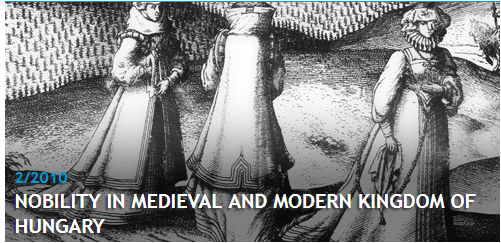„Jednousadlostný šľachtic“ K objasneniu stredovekého pojmu
"Nobiles Unius Sessionis": An Explanation of the Medieval Concept
Author(s): Tibor NeumannSubject(s): Sociology, Social history, Middle Ages
Published by: SAV - Slovenská akadémia vied - Historický ústav SAV
Keywords: middle ages; terminology; minor nobility; estates; social status; social stratification;
Summary/Abstract: Medieval nobility of Hungary comprised about 4 to 5% of the country's total population. From the great part it was represented by lesser nobles with modest property. Among lesser nobles prevailed nobiles unius sessionis, i. e. nobles possessing only one "session" - piece of land. This group is often mistakenly considered as a separate social group and at the same time the lowest strata of nobility. From that reason they are frequently characterised as impecunious, poor or peasant nobles. Indeed, nobilis unius sessionis usually possessed only one session. However, there were many cases of nobles possessing more, even six sessions. On the other hand, there were some who did not even own one whole session, but only a part of it (quarter, fifth, sixth). The reason why such a noble was still called nobilis unius sessionis can be found in Hungarian medieval laws that quite unambiguously explained the term as synonymous to nobilis iobagiones non habentes, i. e. a noble, who had no subjects. Nevertheless, there were not only men of noble descent in registers of nobiles unius sessionis. They also included church nobles and several men or groups of men, who legally did not belong to nobility. They inherited land from a female; either by matrilineal descent (post matrem) or from their wives (post uxorem). As early as the half of the 16th century they were no longer considered fully-fledged nobles, but because they owned a manor were taxed as nobilis unius sessionis. The term nobilis unius sessionis did not designate a social group. It was only a taxation category, which included all who were for some reason distinguished from subjects and at the same time, as they had no subjects themselves, from regular nobles. Therefore, the author's suggestion is to call this social group by the usual broader term "lesser nobility".
Journal: Forum Historiae. Časopis a portál pre históriu a príbuzné spoločenské vedy
- Issue Year: 4/2010
- Issue No: 2
- Page Range: 13-21
- Page Count: 9
- Language: Slovak

